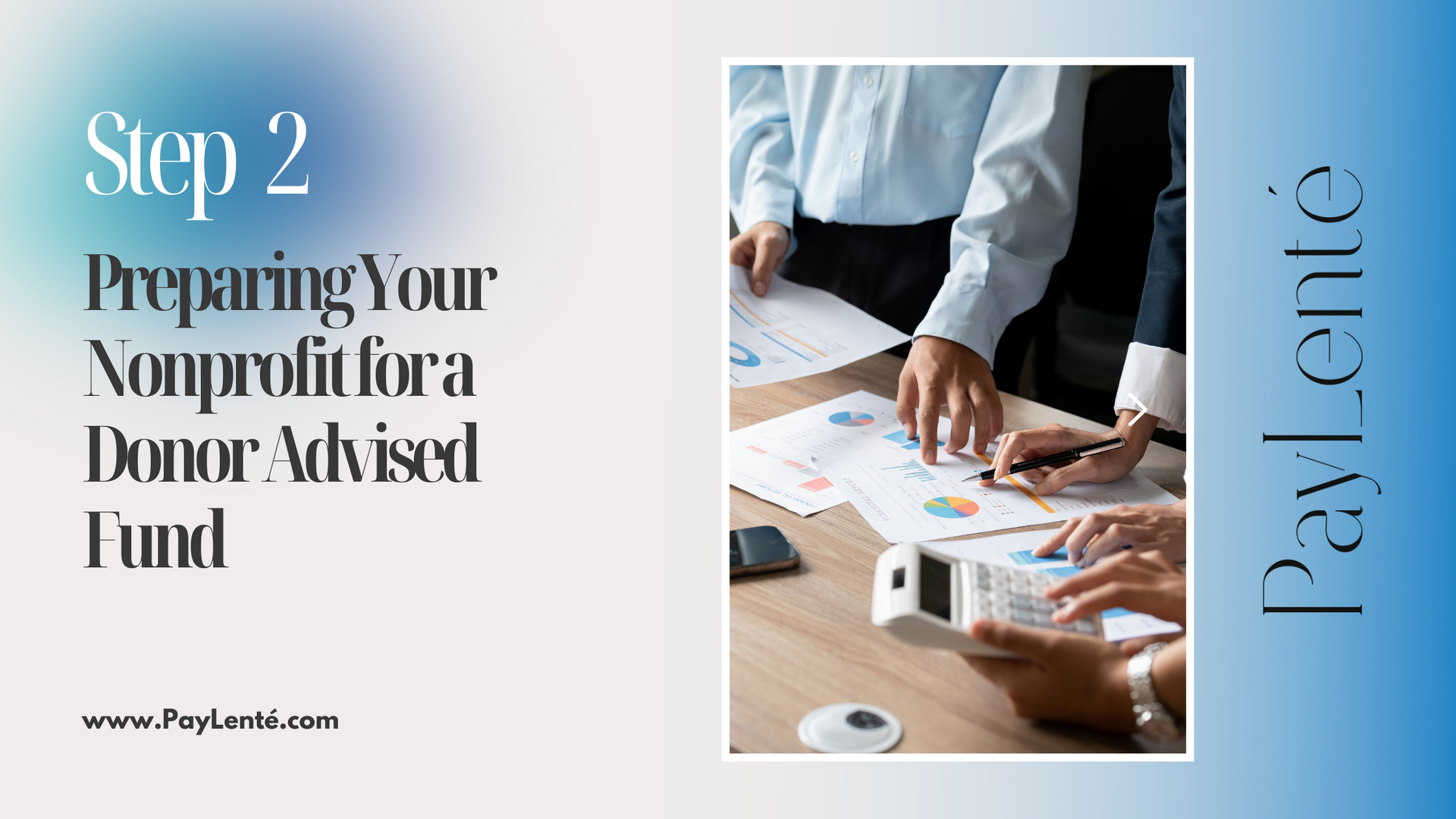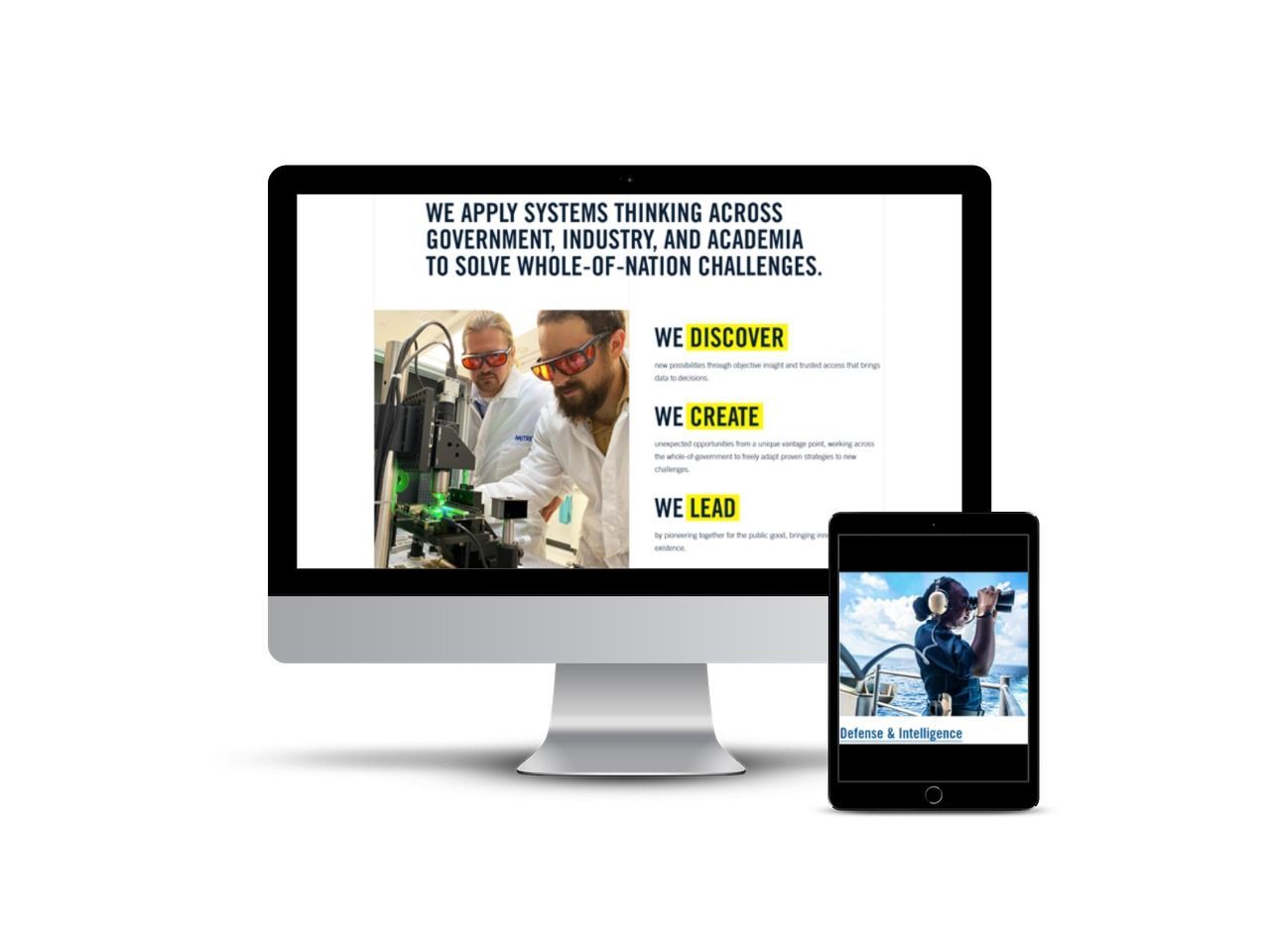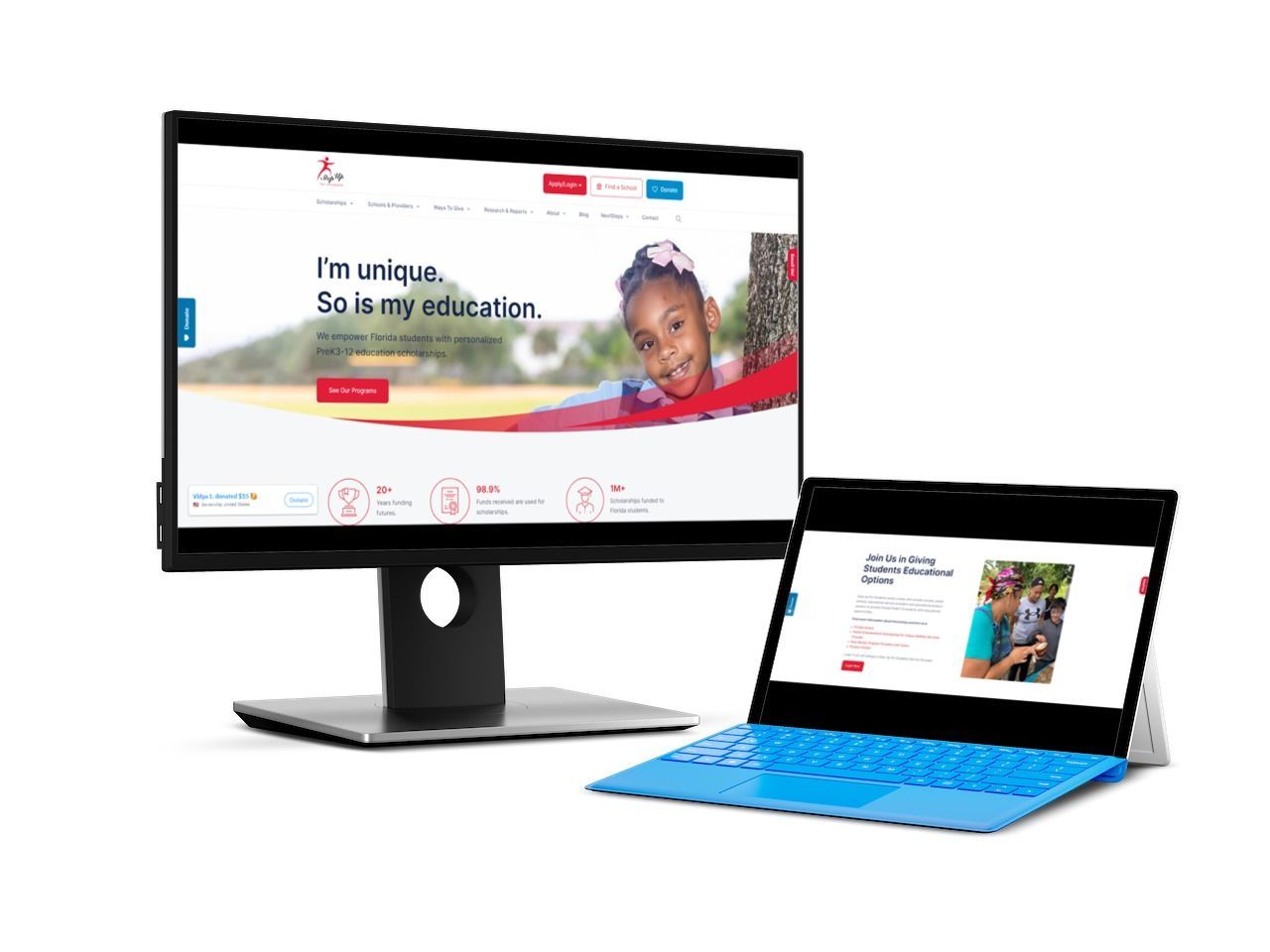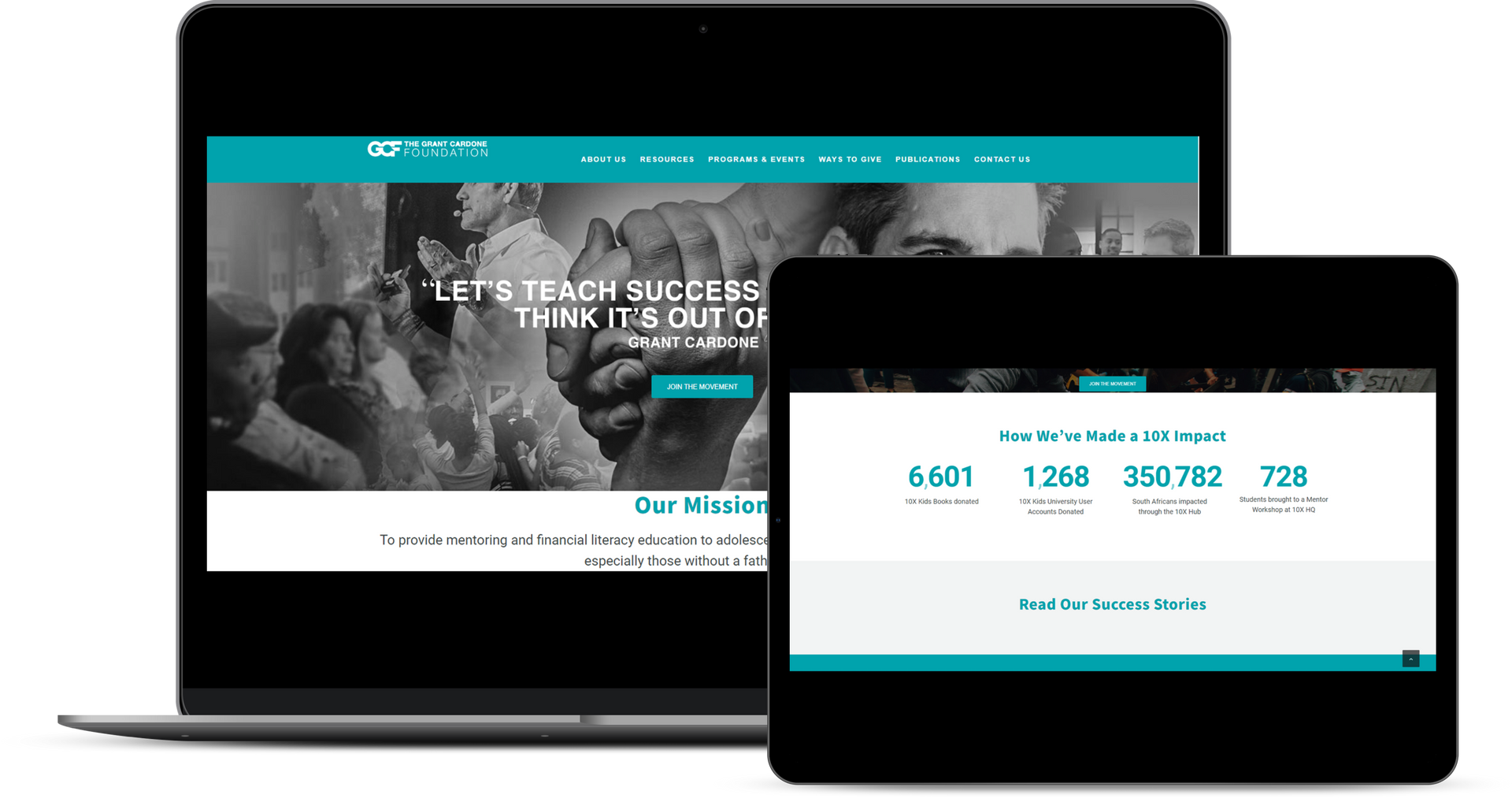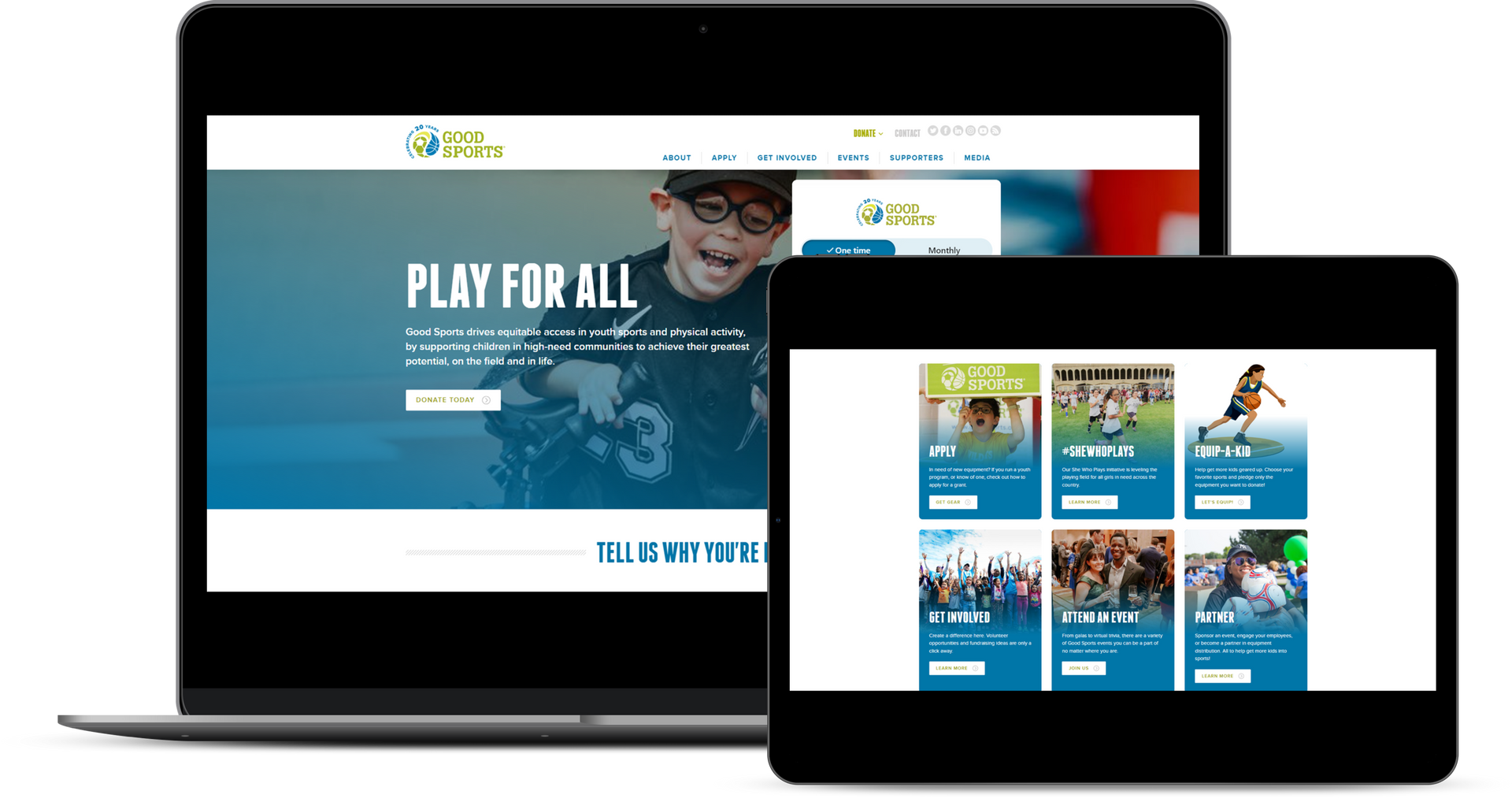Nonprofit Course Nonprofit's Guide to Setting up Donor Advised Fund
At Nonprofit Course, we understand the intricate dance nonprofits perform to secure funding, drive growth, and create meaningful change. In the following sections, we will delve into the fundamental concepts of donor advised funds, exploring their benefits, legal considerations, and the strategic ways they can be harnessed to advance your organization's mission. Whether you're a fledgling nonprofit aiming to establish a solid foundation or a seasoned community foundation seeking innovative approaches to boost your fundraising efforts, this guide will provide you with the insights and expertise needed to navigate the realm of donor advised funds successfully.
Step 1. Understanding Donor Advised Funds
In this section, we will delve into the definition, purpose, and the numerous benefits that Donor Advised Funds bring for both nonprofits and donors. If you'd like more information about donating to a DAF you can visit our holding companies website www.PayLenté.com .
Definition and Purpose
A Donor Advised Fund (DAF) is a charitable giving vehicle that allows individuals, families, and organizations to make tax-deductible contributions to a fund, and then recommend daf grants from that fund to eligible nonprofit organizations.It serves as an intermediary between donors and nonprofits, facilitating a streamlined process for charitable giving. Donor Advised Funds are established and managed by sponsoring organizations, which are often local community foundations, financial institutions, or other nonprofit entities.
The primary purpose of a Donor Advised Fund is to encourage donors and provide them with greater flexibility, control, and convenience in their daf giving. Donors can contribute assets to the fund and receive an immediate tax deduction, even if the distribution to nonprofits occurs later. So, the donor makes a contribution to charitable beneficiaries and he doesn't need to pay any capital gains taxes for the contribution.
These tax deductions enable sponsoring organizations or individuals to take a more strategic approach to their giving, allowing them time to research and select charitable organizations that align with their philanthropic goals.
Benefits for Nonprofits
Nonprofits stand to gain numerous advantages by engaging with donors who utilize Donor Advised Funds as part of their philanthropic strategy:
- Steady and Predictable Funding: Donor Advised Funds often result in consistent and reliable support for nonprofits. Once a donor establishes a Donor Advised Fund account and designates your organization as a grant recipient, you may receive regular contributions.
- Reduced Administrative Burden: Unlike receiving direct donations, nonprofits receive daf grants from Donor Advised Funds, which typically come with fewer administrative requirements. This allows nonprofits to focus more on their mission-critical activities and less on managing paperwork.
- Potential for Larger Gifts: Donors using Donor Advised Funds tend to be more engaged and strategic in their giving. This could lead to larger, well-planned gifts that align with your nonprofit's long-term goals.
Benefits for Donors
Donors who choose to leverage Donor Advised Funds in their giving experience a range of benefits:
- Tax Efficiency: By contributing to a DAF, donors receive an immediate tax deduction for their charitable donation. This tax deduction can be particularly advantageous when paired with strategic tax planning.
- Flexibility and Timing: Donors can contribute to a DAF at any time, allowing donors to take advantage of timing that aligns with their financial situation. So, a donor recommends grants to nonprofits at a pace that suits his giving strategy.
- Involvement in Giving: Donors have the unique opportunity to remain actively involved in the distribution of their charitable dollars. The donor decides and recommends grants to nonprofits that reflect their values and interests.
Step 2. Preparing Your Nonprofit for a Donor Advised Fund
This section will guide you through the essential steps to ensure your nonprofit is ready to embrace and make the most of a Donor Advised Fund.
Assessing Readiness
Before embarking on the journey of setting up a Donor Advised Fund, it's crucial to assess your nonprofit's readiness. Consider these key factors:
- Mission Alignment: Evaluate how a DAF aligns with your nonprofit's mission and objectives. Ensure that the fund's purpose resonates with your core values and long-term goals.
- Organizational Capacity: Assess your nonprofit's operational capacity to manage a DAF. This includes financial management, administrative capabilities, and compliance with legal and regulatory requirements.
- Transparency and Accountability: Transparency is paramount in the nonprofit sector. Ensure that your organization is committed to maintaining transparency and accountability in fund management, reporting, and allocation of resources.
Identifying Potential Donors
Successful implementation of a Donor Advised Fund relies on the support of dedicated donors. Here's how you can identify potential donors who are likely to contribute cash to your DAF:
- Existing Supporters: Reach out to your current donor base. These supporters already believe in your mission and may be enthusiastic about contributing to a DAF that aligns with your nonprofit's objectives.
- Engage Board Members: Your board members often have extensive networks and may have connections to potential donors who are passionate about your cause.
- Networking and Outreach: Attend industry events, conferences, and workshops related to nonprofit management and philanthropy. Networking in these circles can help you connect with potential donors who share your values.
Defining Fund Utilization Guidelines
Establishing clear guidelines for the utilization of funds is essential to maintain the integrity and purpose of your Donor Advised Fund. Consider the following steps:
- Mission-Focused Criteria: Develop specific criteria for projects or initiatives that will be supported by the DAF. Ensure alignment with your nonprofit's mission and goals to make informed decisions about fund allocation.
- Impact Measurement: Define metrics to measure the impact of projects funded through the DAF. This demonstrates accountability to both donors and the broader community.
- Flexibility and Donor Input: While maintaining the fund's purpose, allow room for flexibility based on donor recommendations. Engage donors in discussions about potential projects and seek their input on fund utilization.
- Reporting Requirements: Clearly outline reporting expectations for funded projects. Regularly communicate the progress, outcomes, and impact of initiatives to donors to showcase the value of their contributions.
Step 3. Setting Up a Donor Advised Fund
Step 1. Research and Due Diligence
Before embarking on the journey of setting up a Donor Advised Fund (DAF) for your nonprofit, it's crucial to conduct thorough research and due diligence on investment options. This step will help you understand the legal, tax, and financial implications associated with Donor Advised Fund accounts and identify trusted partners to guide you through the process.Explore Legal and Tax Implications: Navigating the legal and tax deduction landscape is an essential aspect of establishing a Donor Advised Fund account. Consult with legal experts who specialize in nonprofit and philanthropic law to ensure that your fund adheres to all applicable regulations.
This step may involve considering issues related to tax-exempt status, the charitable tax deduction or deductions, and compliance with IRS regulations. It's important to have a clear understanding of the rules and regulations governing DAF account in your jurisdiction.
Identify Trusted Financial Partners: Selecting the right financial partners is crucial for the success of your Donor Advised Fund. Collaborate with reputable financial institutions or community foundations that have experience managing Donor Advised Fund grants.
Look for partners who share your nonprofit's values and vision, and who can provide guidance on investment strategies, fund management, and administrative support. Establishing a strong partnership will ensure the effective management and growth of your fund.
Step 2. Crafting Your Proposal
Once you've completed your research and secured reliable partners, it's time to craft a compelling proposal for your Donor Advised Fund.Develop a Compelling Case for Support: Clearly articulate the purpose and significance of your Donor Advised Fund in your proposal. Highlight how the fund aligns with your nonprofit's mission and goals.
Use persuasive language to convey the potential impact of the fund on your organization's work and the community you serve. Emphasize how the DAF provides donors with a structured and impactful way to contribute to your cause.
Clarify the Fund's Purpose and Impact Areas: Define the specific purpose and impact areas of your Donor Advised Fund. Will the fund support a particular program, initiative, or project within your nonprofit?
Clearly outline the focus areas and explain how the additional contributions made to the fund will drive meaningful change. Providing this clarity will attract donors who are passionate about the same causes and increase the appeal of your DAF.
Step 3. Legal and Administrative Setup
With your proposal in place, it's time to move on to the practical steps of setting up your Donor Advised Fund.Registering the Fund with Relevant Authorities: Work with legal experts to properly register your Donor Advised Fund with the necessary authorities. This may involve filing paperwork with regulatory agencies or obtaining any required licenses or permits. Ensure that your fund is in compliance with all legal requirements before proceeding.
Establishing Governance and Oversight: Create a governance structure for your Donor Advised Fund that includes a dedicated committee or board responsible for overseeing fund operations.
Define roles, responsibilities, and decision-making processes within this structure. Transparency and accountability are key to maintaining the trust of donors and ensuring the effective management of the fund.
Step 4. Investment Strategy and Management
A well-defined investment strategy is essential to grow the charitable assets of private funds in your Donor Advised Fund and maximize its impact.Determine Investment Objectives: Collaborate with your financial partners to establish clear investment objectives for the fund. Consider several factors, such as risk tolerance, time horizon, and expected returns. Balancing financial growth with the fund's philanthropic goals is crucial to ensure sustainable support for your nonprofit's initiatives.
Select Investment Managers or Advisors: Choose experienced investment managers or financial advisors who can help you execute your investment strategy. Look for financial advisors who have a track record of managing charitable funds and align with your fund's values. Regularly review and adjust your investment approach to stay aligned with changing market conditions and preferences of the sponsoring organization.
Step 5. Fundraising and Donor Engagement
Promoting your Donor Advised Fund and engaging donors effectively are key to its success. Promoting the Donor Advised Fund to SupportersUtilize your nonprofit's marketing and communication channels to promote the Donor Advised Fund to your supporters. Highlight the benefits of contributing to the fund, such as tax benefits, ease of giving, and the opportunity to make a lasting impact. Leverage social media, newsletters, and events to raise awareness of the tax benefits and generate interest of daf donors.
Engaging Donors in Fund Decision-Making: Empower donors to play an active role in the fund's decision-making process. Regularly communicate updates about the fund's activities, investments, and impact.
Seek the donor's representative input on grantmaking decisions and involve them in selecting projects to support. This engagement fosters a sense of ownership and connection, encouraging continued charitable contributions.
Step 6. Grantmaking and Impact Monitoring
The ultimate goal of your Donor Advised Fund is to create meaningful impact through strategic grantmaking.Developing Grantmaking Guidelines: Establish clear guidelines for the grantmaking process. Define criteria for selecting projects or organizations to support, including alignment with the fund's purpose and impact areas. Outline the application, review, and approval procedures to ensure a transparent and efficient process.
Evaluating and Reporting on Funded Projects: Regularly assess the outcomes and effectiveness of projects funded by your Donor Advised Fund. Monitor how these projects contribute to your nonprofit's mission and goals.
Provide donors with detailed reports showcasing the impact of their cash contributions, including stories of success and lessons learned. Transparency in reporting builds trust and demonstrates the tangible difference made by the fund.
Unleash the Power of Donor Advised Funds
If you're eager to take your nonprofit's fundraising endeavors to the next level, consider joining our Nonprofit Accelerator Program . Our comprehensive program is designed to equip organizations like yours with the insights, strategies, and practical skills needed to conceive and execute successful fundraising campaigns.
Benefit from our extensive experience in working with nonprofits worldwide, as we guide you through the intricacies of donor engagement, marketing trends, and growth strategies. Join us today and empower your nonprofit to make an even greater difference in the causes you hold close to your heart.
Featured Nonprofits
donate today
Invest Directly to this Nonprofit
Thank you for taking the first step towards transformative giving. Your decision to donate to PayLenté's Nonprofit Course Nonprofit's Guide to Setting up Donor Advised Fund. We appreciate your generosity and look forward to sharing more about how your contribution will drive growth, support nonprofits, and provide you with meaningful tax benefits. Your impact starts now, and we'll be in touch shortly to provide you with the information you need to embark on this remarkable journey.




